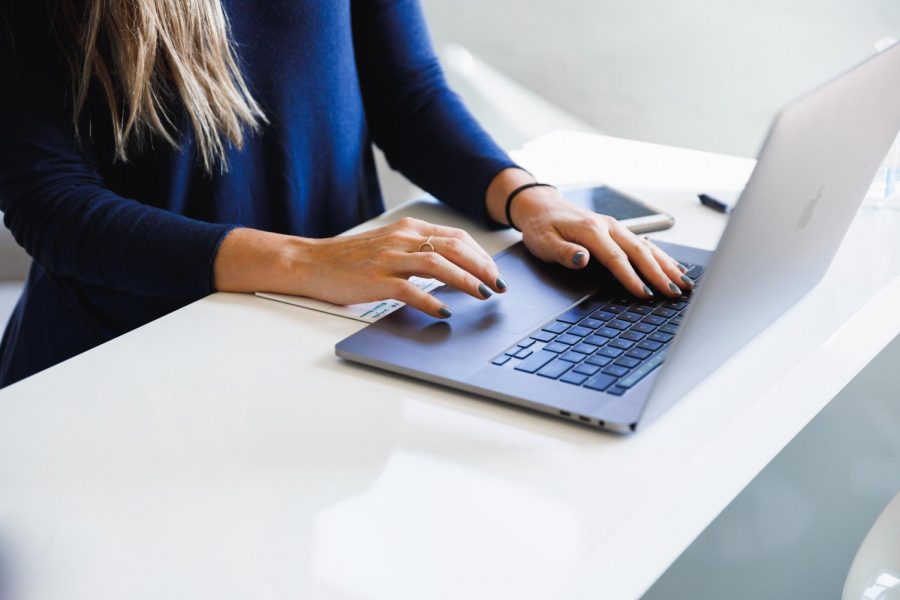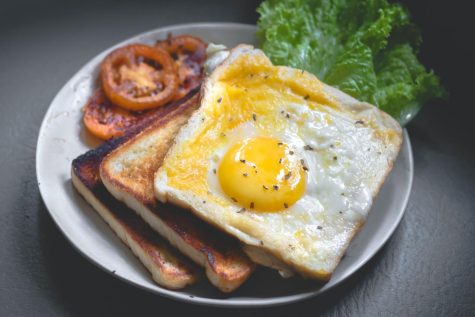Qwerty vs. Colemak: What’s Your Type?
Tired of typing? There may be a better way.
Look at the top row of your keyboard. The first six letters make up Q-W-E-R-T-Y. Perhaps you’ve heard of the name Qwerty for the standard keyboard layout – but did you know that there are many other alternatives, like Dvorak, Colemak, and Workman?
Qwerty has a few disputed origin tales. The most popular is that it was designed for typewriters. Yes, those clunky, antiquated machines that go click-click-click. Qwerty intentionally spaced popular keys to mitigate the problem of key jamming. However, this was debunked as a myth – The Smithsonian published a story detailing how Qwerty was designed at the request of telegraph operators who reported that typing in alphabetical order didn’t make sense.

Regardless of Qwerty’s origins, however, it stands today that Qwerty is inefficient for modern keyboards. It is reported that less than 20% of typing takes place on the home row, the middle and therefore most accessible row of the keyboard. Furthermore, Qwerty causes hand strain after long periods of typing. Yet it had one clear advantage that kept it in the market: it was too popular already. Experts estimated that should one switch to another layout, typing speeds would go down by 80%, and it would take 1000 hours of practice to become another expert like Qwerty. So, Qwerty stayed.
But does it make sense to continue using a flawed design just because it’s easier?
Two years ago, I questioned this and took a chance with Colemak, a popular ergonomic alternative to Qwerty.

Fun fact: sensation, taint, and tenderheartedness can all be typed using only the home row of Colemak!
There was a steep learning curve; I suffered going from 110 words-per-minute (wpm) on Qwerty to 20 wpm on Colemak overnight. For a few months, even typing a line of rudimentary English was challenging. But eventually, I had the proficiency to carry everyday tasks. Then, I got faster. Matched my Qwerty speed. (Have not surpassed it yet, though – that will take a few months of daily practice.)
And today, I think it has paid off. Typing on a Colemak keyboard is truly a comfortable experience. But I’ve also learned a few things about myself. I learned to question something I’ve been using for a decade, to seek discomfort, and to find the courage to try something new.
So I challenge you to question the accepted. The popular. And enjoy the challenge of standing for something you believe in, no matter how small.











